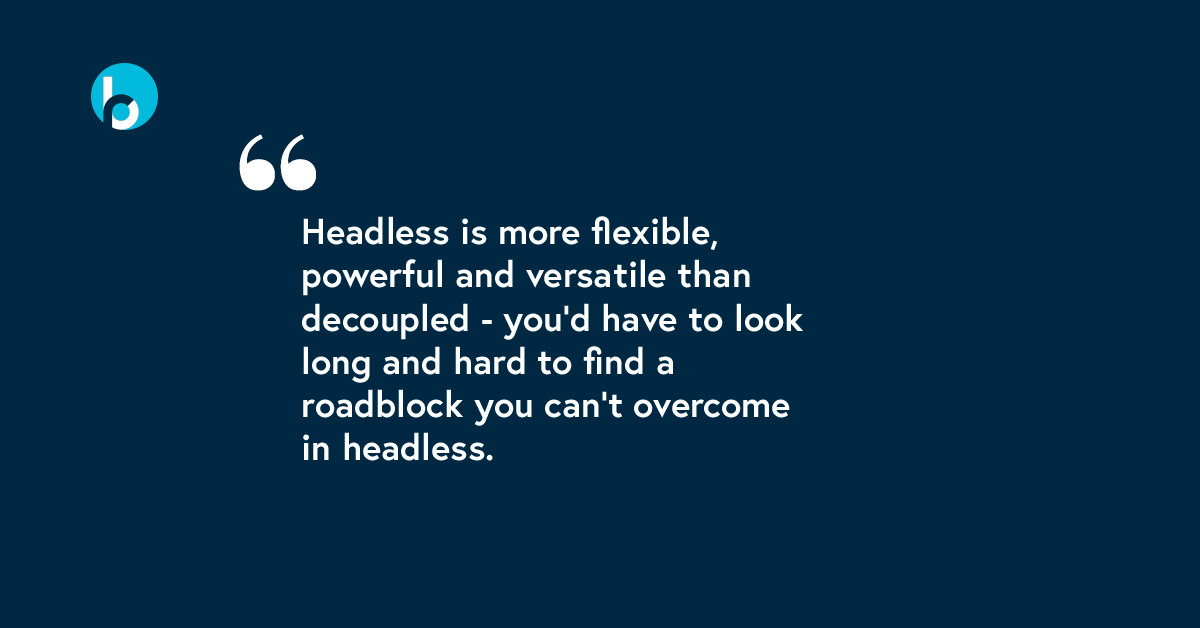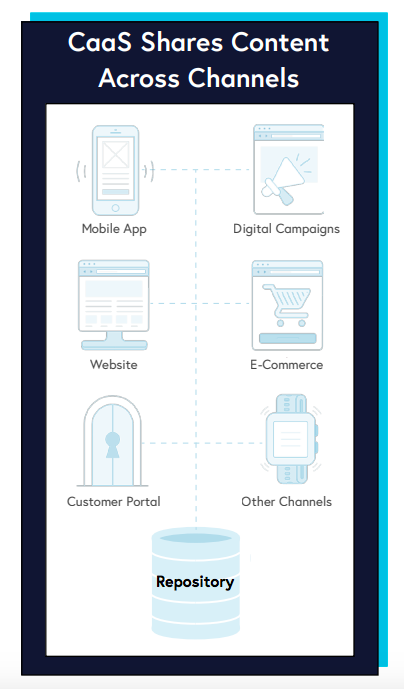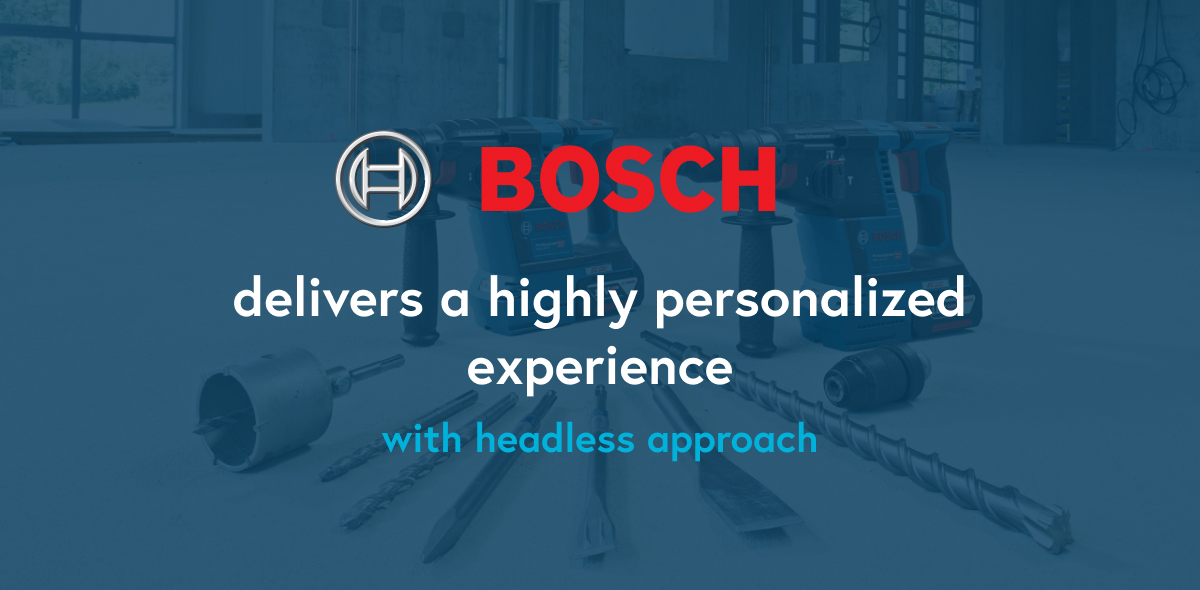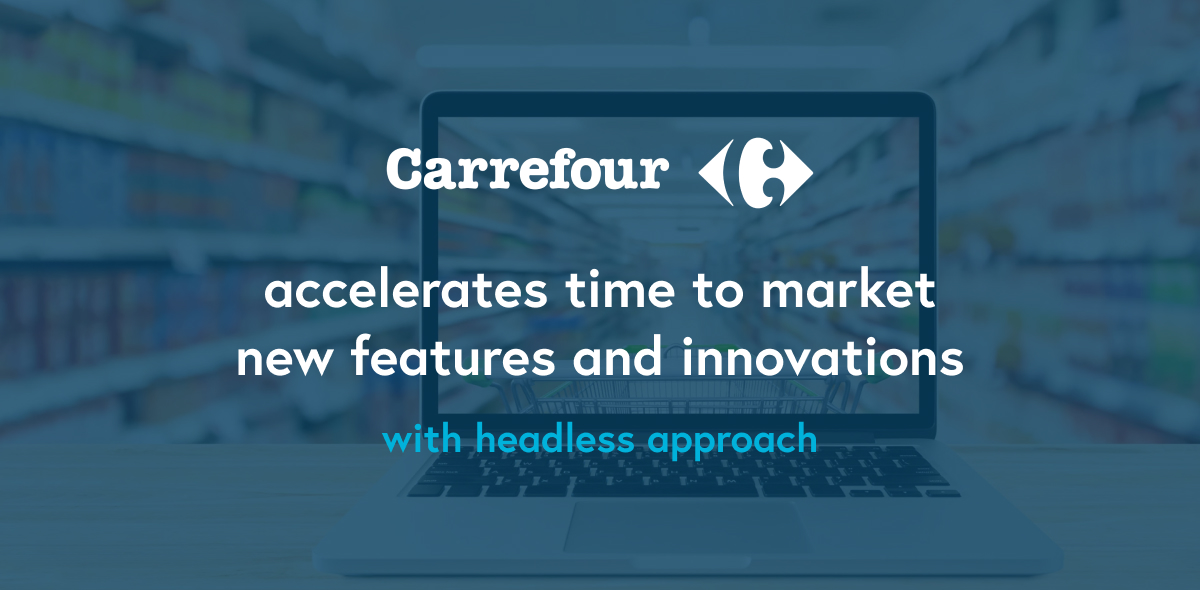What Is Content as a Service (CaaS)? Definition, Characteristics and Use Cases
By Tessa Roberts
05/27/2019
Before getting into the details, Content as a Service (CaaS) or Managed Content as a Service (MCaaS) is a service model which focuses on managing structured content into feeds that other applications and properties can consume and make use of the content according to particular needs.
With the explosion of customer touchpoints and expectation of a relevant experience at each one, managing content is a big challenge for most enterprise organizations.
And it’s not getting any easier.
The fragmentation of audiences, the rise of “owned media” (content marketing) and the sheer number of web properties the average enterprise has to oversee means that content management is becoming increasingly complex.
When you add the exploding number of format channels in which this content has to be displayed – from desktop to tablets, mobile, social, voice, chatbot, and all of them increasingly personalized and in different languages – it becomes clear why some CMOs are months or even years behind consumer’ expectations when it comes to providing, and accessing, relevant content.
So how do we ensure that every channel, device and app delivers relevant content? Answer: Content as a Service (CaaS)
What Is Content as a Service (CaaS)?
The traditional CMS such as WordPress(sometimes referred to as a “coupled CMS”) is perhaps the simplest in terms of layout and general functionality.
In a traditional CMS stack, your backend and frontend are tightly coupled together; there is no API in between to handle the communication.
If you’re looking to make a relatively simple marketing site, a coupled CMS is a good choice for its simplicity. However, it dramatically limits where and how content can be used.
Content as a Service however (sometimes referred to as "Headless CMS") differs from traditional CMS in how content is managed, stored and delivered.

Unlike a traditional or ‘coupled’ architecture (where the backend is deeply integrated with the frontend) in a headless CMS or CaaS, frontend and backend are completely separate systems.
Content as a Service allows content to be created and stored within the CMS, and then channeled to any platform via APIs and it is up to the developer to create and develop the “presentation tier”. This presentation tier might be a website, a mobile app, or a feed into a device’s interface.
This separation between content itself and its presentation is at the core of the CaaS philosophy.
With RESTful APIs you can, for instance, deliver the same content that serves both your website to an iOS or Android app.

Why Use Content as a Service?
We’re entering an era of immersive interaction that takes us beyond screens. It’s important to start thinking beyond multiple screens - content will flow to the user in ways we don’t even know about yet.
At the same time, users will start playing a much bigger role, interacting with content in new ways and providing the content creators with more feedback.
That’s why traditional CMS won’t be enough for many companies in the near future. It’ll pay off prepare for this now by adopting advanced technology.
CaaS is a good first step in helping to ensure that messaging is consistent across devices with the least amount of rework or duplication.
Characteristics of Content as a Service Solutions
There are several properties essential to Content-as-a-Service solutions. These include:
[Characteristics #1] Decoupled approach:
Decoupled approach keeps content and code separate, letting marketers and developers concentrate on what they do best. Teams can work in parallel on creative copy, compelling visuals, beautiful design and expert integrations with one unified platform.
[Characteristics #2] Separation of content and presentation:
This is the essence of the headless CMS approach - agnosticism towards how content is presented. This frees developers to create highly custom front ends and apps since they get to define how the content is displayed.
[Characteristics #3] Cloud setup:
The complete separation of the management of content from the way it is displayed enables organizations to move infrastructure between Cloud and hybrid, even at site level or project level. Some projects can be installed local, some can be Cloud depending on the business’ choices for optimization based on needs.
[Characteristics #4] Insights:
Centralized Content-as-a-Service allows businesses to examine content consumption across the digital landscape. Not only does the business avoid duplicating its efforts and content when posting to microsites, international sites or apps, it can also measure the use of that content by looking at the API connections used to deliver that content, and tracking where the content is going. Beyond the confines of the digital properties you manage yourself.
Use Cases of Content as a Service
Overall, these characteristics grant more freedom and flexibility to the content and developer team. With this added versatility, content can become more scalable and independent from the presentation.
Here are a few examples of this in action:
- Multi-channel publishing: A single content repository that separates content cleanly from its presentation so that authors can write once and use that asset across channels and campaigns. This is a classic win-win situation for both marketers and developers.
- Mobile apps: Rather than re-using a mobile web version of content, the RESTful API can feed a mobile app with the same content as the website, but with a native experience. Apps are just the start - non-web content is likely to explode over the next few years.
- Integrating with existing services and software stacks: Getting content such as digital assets to be combined with content in one cohesive service and delivering that to any other platform in an agnostic manner.
- Custom UX: Let your front end developers excel in what they specialize in, without inflicting any formatting requirements, just the great content you already created and approved.
- Personalization: Given that content is delivered dynamically, personalization can be applied as needed. A CaaS system would only manage personalization rules and these rules can be channel specific or apply to multiple channels. The best CMS vendors have included the ability to personalize content into their solution to create personalized experiences on any channel.
Who is Content as a Service for?
We posed this question to Todd Zeiger, Senior Manager of Business Development and Marketing at digital agency Authentic, who shared his take:
Headless CMS / CaaS solutions are perfectly suited for any organization aiming to create a truly differentiated customer experience. While we feel that every business – regardless of size or industry – would benefit from the adoption of a headless CMS, we believe that these solutions are particularly advantageous for Financial Services organizations, as well as for businesses that have a commerce element to their digital offering.
There are two main groups that benefit the most from this type of content delivery: developers and business users/content creators.
Developers: Get content over RESTful APIs, which allows them to stay flexible with the presentation of the content.
Business Users: Create content once and use it across multiple channels that both saves time and increases consistency.
How Companies Use Content as a Service Platform

Bosch
As Amazon drives industry trends, it’s essential that B2B brands like Bosch don’t fall behind. With Bosch Power Tools operating multiple global sites, the organization understood that its customers inherently expect the same tailored digital experience. This was the business unit’s main challenge - creating multiple unique experiences at the country level, while promoting and aligning holistic experiences globally.
Another challenge which became extremely difficult was scaling and managing features and updates with multiple CMS platforms and infrastructures at a regional level. In the past, Bosch generally approached technology from a local level to meet the differing needs of users and customers. Its approach was to grab another CMS and stand up the system.
“However, in the end, this doesn’t scale - plus it’s inefficient to manage and it’s costly. It barely benefits the region, and the effort and time does not benefit Bosch Power Tools globally” Sunny Mallavarapu, Digital Transformation Manager at Bosch Power Tools
To alleviate the disconnect between experiences and to create efficiencies within the business, Bosch Power Tools leveraged headless CMS that would transform the organization as a whole.
Read the story: How Bosch Manufactures a Better CX Through Headless

Carrefour
Carrefour Group is one of the biggest retailers in the world with more than 12,000 stores in 30 countries. The technical team had a number of key selection criteria when looking for a new experience management solution and needed a CMS to bring together multiple parts of the customer experience.
In a competitive evaluation process where multiple solutions were considered, they chose open and flexible CMS built to drive results faster.
When Covid-19 hit Europe in early 2020, Carrefour was experiencing order volumes and increasing demands like never before. How did its teams cope? With a little help from their headless CMS, the international retailing giant is now set up for experience management success and a platform for the future.
Read the story: A Platform for the Future: Carrefour’s Experience Management Success
How to Get Started with Content as a Service
Ultimately, the decision whether or not to use CaaS solution depends a lot on what you aim to achieve with your content and merchandising strategy.
As content is being consumed through an increasing number of channels and content strategies become more complex, more and more companies would benefit from a CaaS solution.
Since the case for better experience has only become stronger, companies should make it as easy as possible for customers to consume their content, absorb information and - most importantly - buy their products.
This is essentially what CaaS does - it starts by looking at what the consumer needs (i.e. a convenient and interesting experience) and then considers how developers, marketers, merchandisers and the rest of the business fit in.
About Bloomreach Experience Manager
Content as a Service is one of the ways Bloomreach Experience Manager (brXM) can serve content - not only to traditional web channels, mobile apps and custom front ends but especially also to wearables, smart devices and in general the channels of the future.
If you’re ready to give CaaS solution a try, Let’s chat! We’d be happy to answer any questions you have on capabilities, technical requirements, resources, and other FAQ.
Found this useful? Subscribe to our newsletter or share it.



